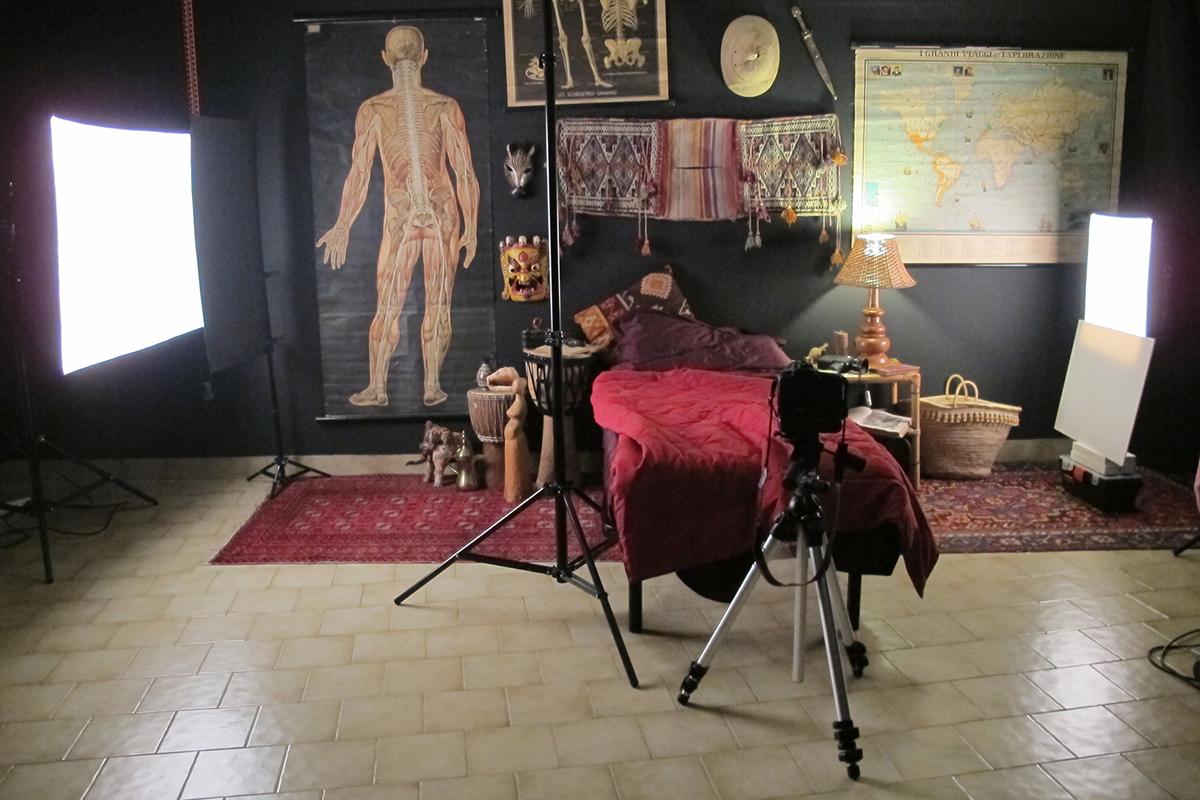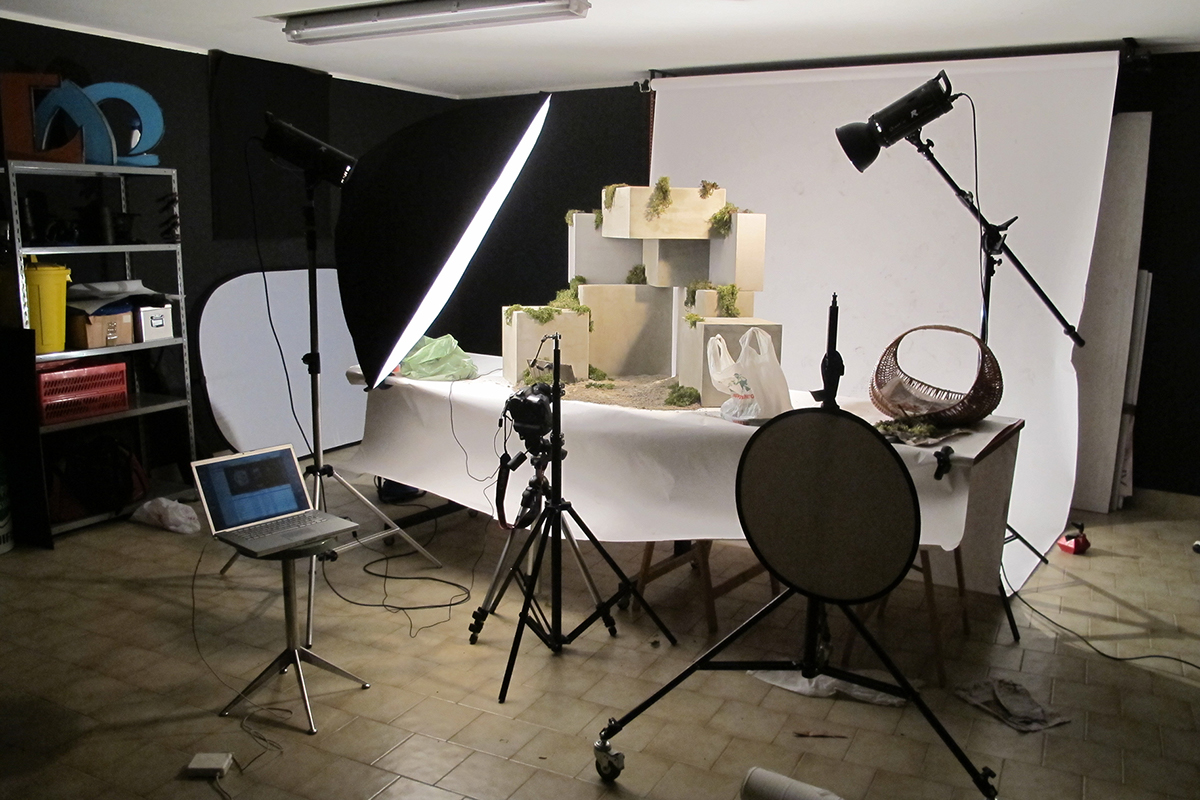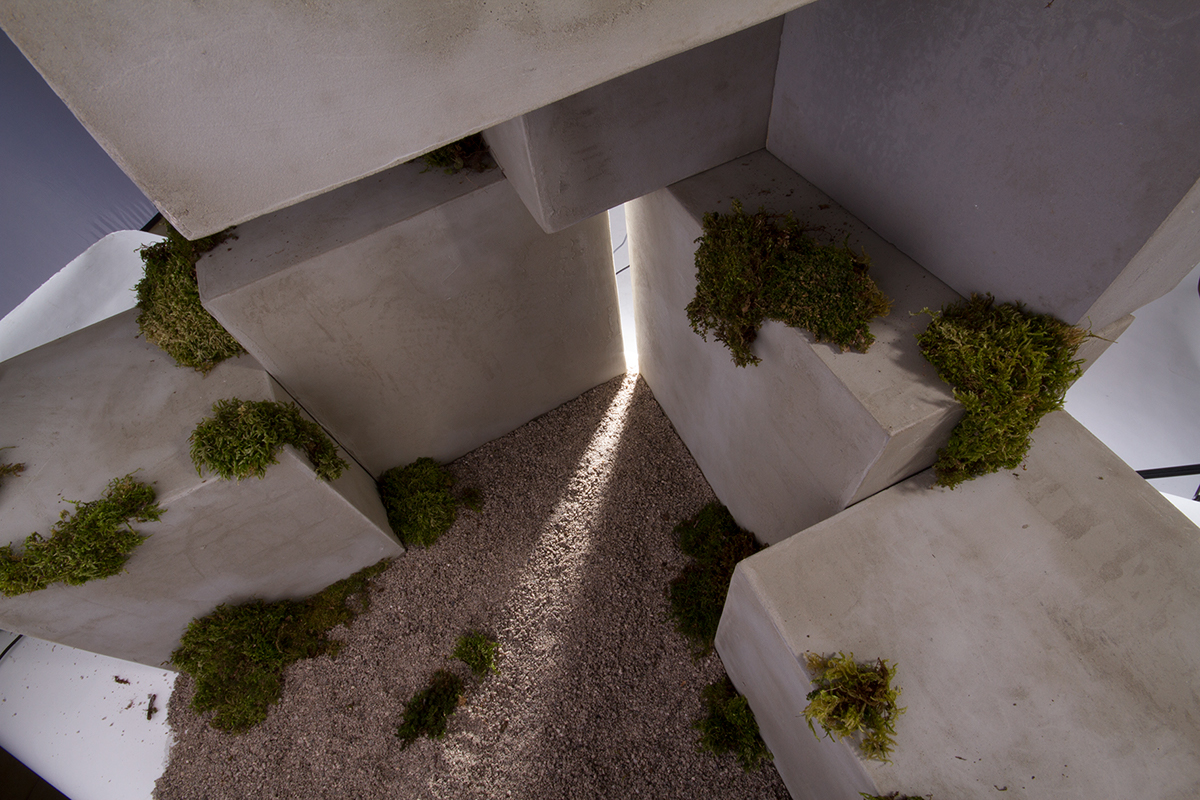This photo story has been inspired onthe adventures of Earl Pietro Savorgnan Di Brazzà. He was an italianexplorer who, in the late XVIII century, made several expeditions incentral Africa and founded in 1880 the town of Brazzaville, theactual capital city of Congo.
While going through the reports andtravel diaries of his explorations, and the related photographicimages, I was totally fascinated by the bravery of these men, theexoticism of descriptions and the aesthetics of that age. So I triedto think myself as Earl Pietro, wondering about which feelings, fearsand dreams would be in their minds while preparing to enter unknownterritories, surrounded by mystery and superstition.
The amazing physical similarity betweenEarl Pietro and one of my friends finally convinced me to begin thisproject. I had the “perfect” model at hand, so I decided to takea number of shots which could be assembled into a meaningful photostory. The main idea was to represent the foreboding and nightmaresof the explorer, ready to leave for a new adventure into the deepunknown african lands. Since this is an oneiric adventure, I feltfree to handle the story with a certain amount of irony andsurrealism, puzzling the reader/observer with a mix of eighteenhundred aesthetics and modern objects, ending with an unexpected andsomehow absurd end.
This is not a commercial project but apersonal one; that's why it took almost one year from the first ideato the final issue. It may seem a lot of time, for barely 9 shots,but the reason is that it's been a one-man work: art direction,styling, material preparation and assembly of the set, photo-shotsand post-production were all conducted entirely by myself. In factall images employed here are my own work, except for the trees in oneof the final frames.
Enjoy them.
While going through the reports andtravel diaries of his explorations, and the related photographicimages, I was totally fascinated by the bravery of these men, theexoticism of descriptions and the aesthetics of that age. So I triedto think myself as Earl Pietro, wondering about which feelings, fearsand dreams would be in their minds while preparing to enter unknownterritories, surrounded by mystery and superstition.
The amazing physical similarity betweenEarl Pietro and one of my friends finally convinced me to begin thisproject. I had the “perfect” model at hand, so I decided to takea number of shots which could be assembled into a meaningful photostory. The main idea was to represent the foreboding and nightmaresof the explorer, ready to leave for a new adventure into the deepunknown african lands. Since this is an oneiric adventure, I feltfree to handle the story with a certain amount of irony andsurrealism, puzzling the reader/observer with a mix of eighteenhundred aesthetics and modern objects, ending with an unexpected andsomehow absurd end.
This is not a commercial project but apersonal one; that's why it took almost one year from the first ideato the final issue. It may seem a lot of time, for barely 9 shots,but the reason is that it's been a one-man work: art direction,styling, material preparation and assembly of the set, photo-shotsand post-production were all conducted entirely by myself. In factall images employed here are my own work, except for the trees in oneof the final frames.
Enjoy them.
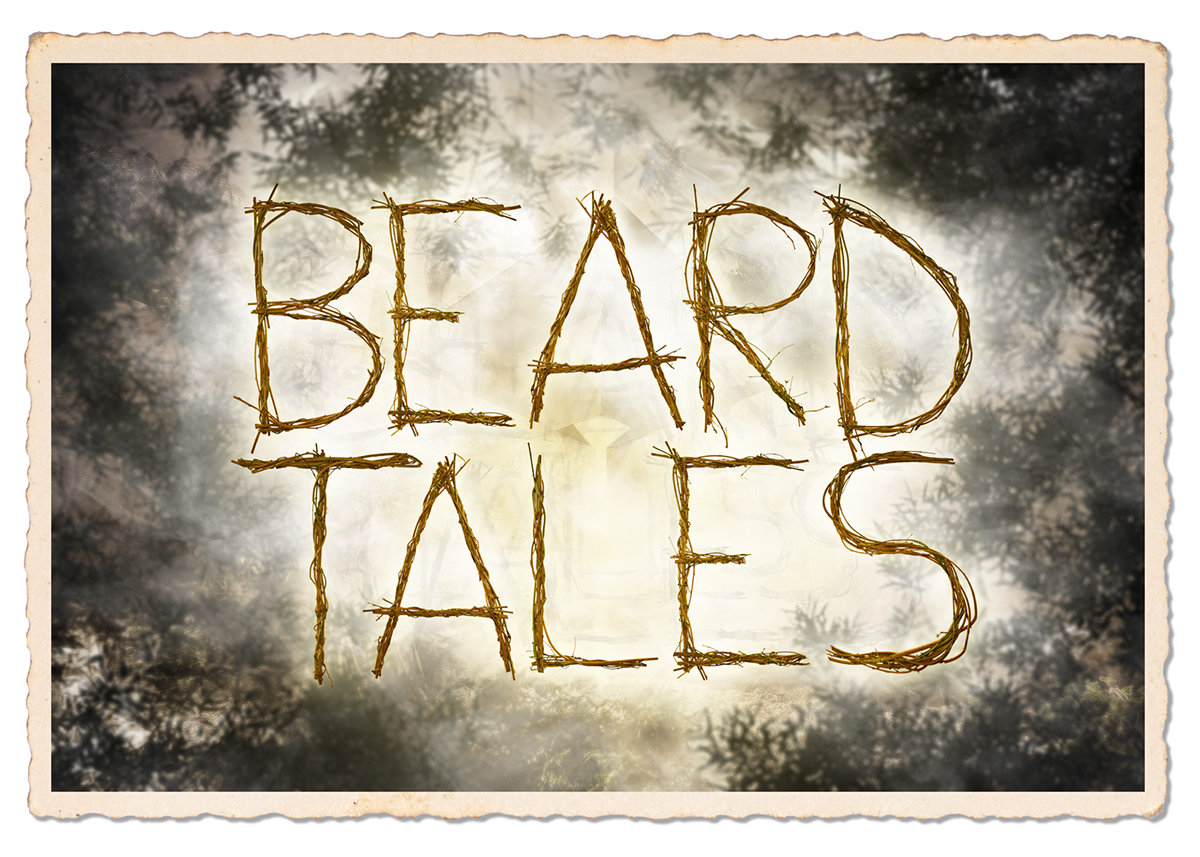


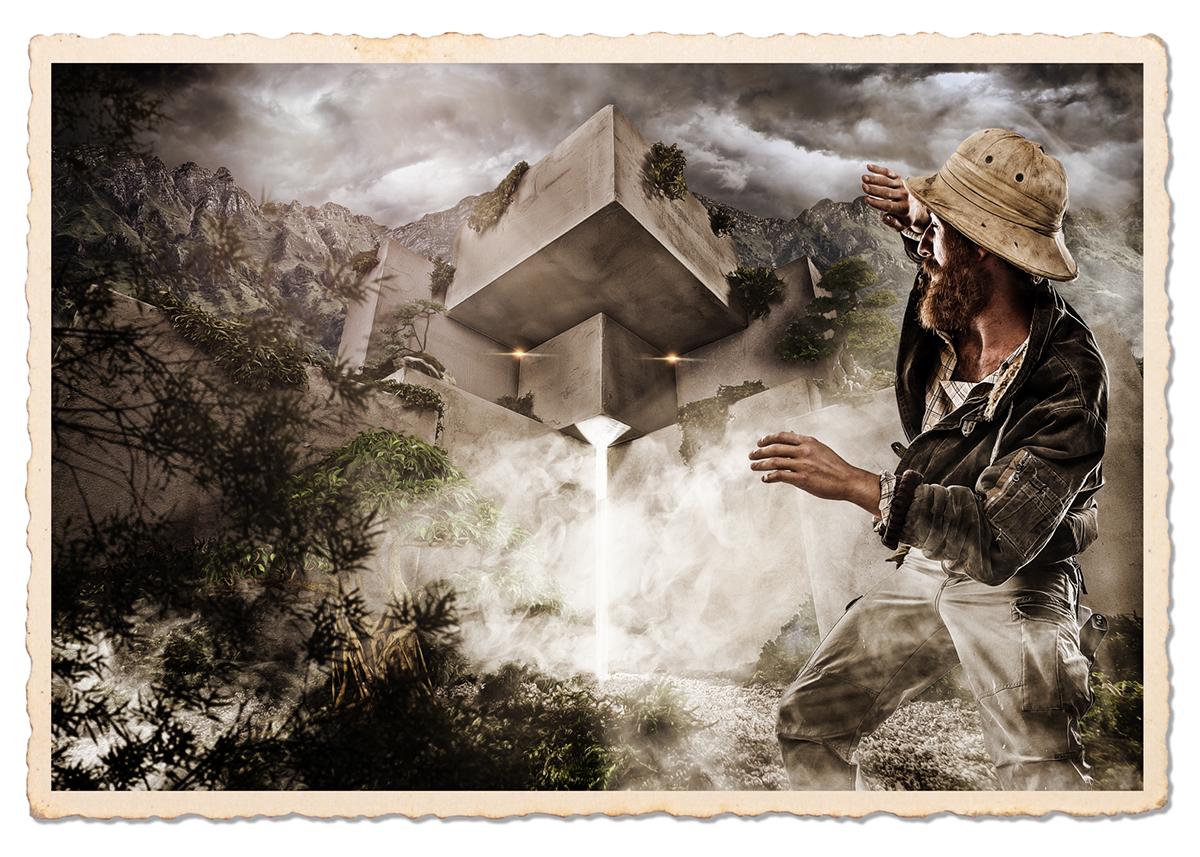
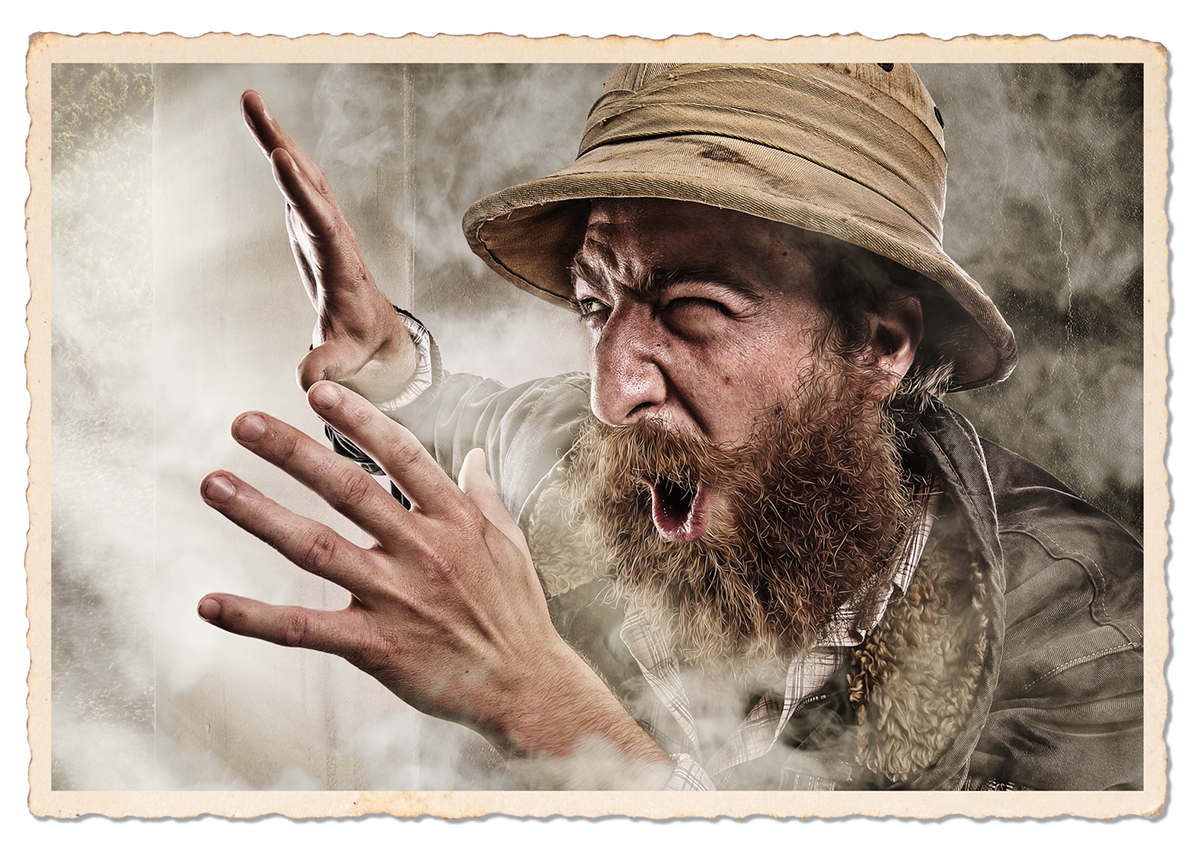

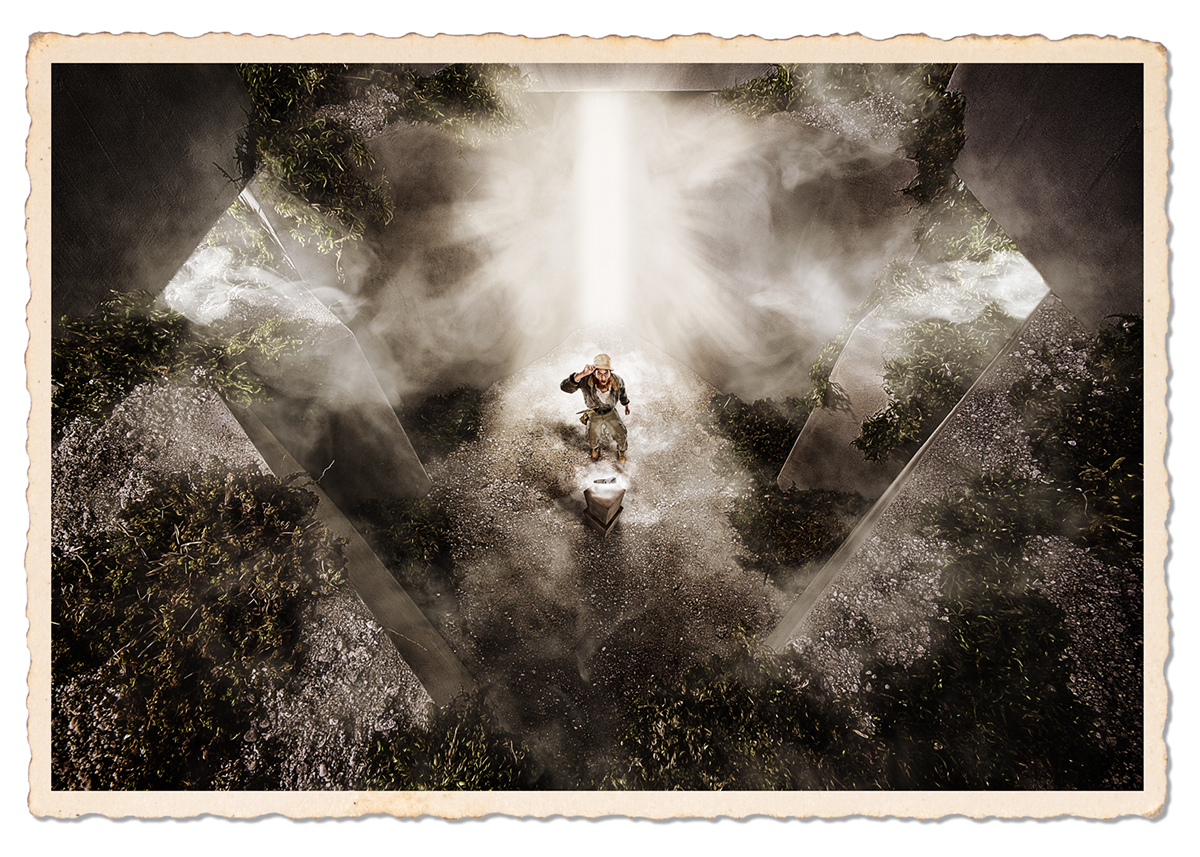
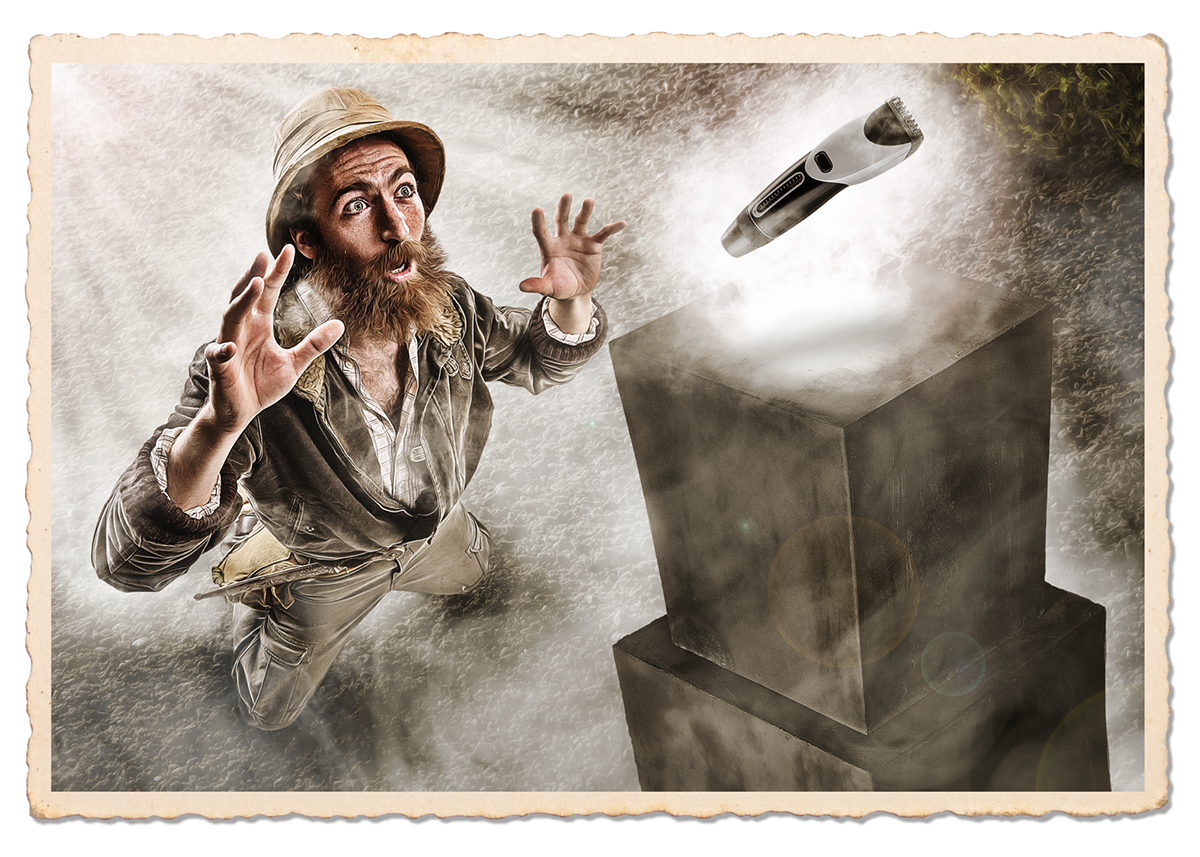


DETAILS



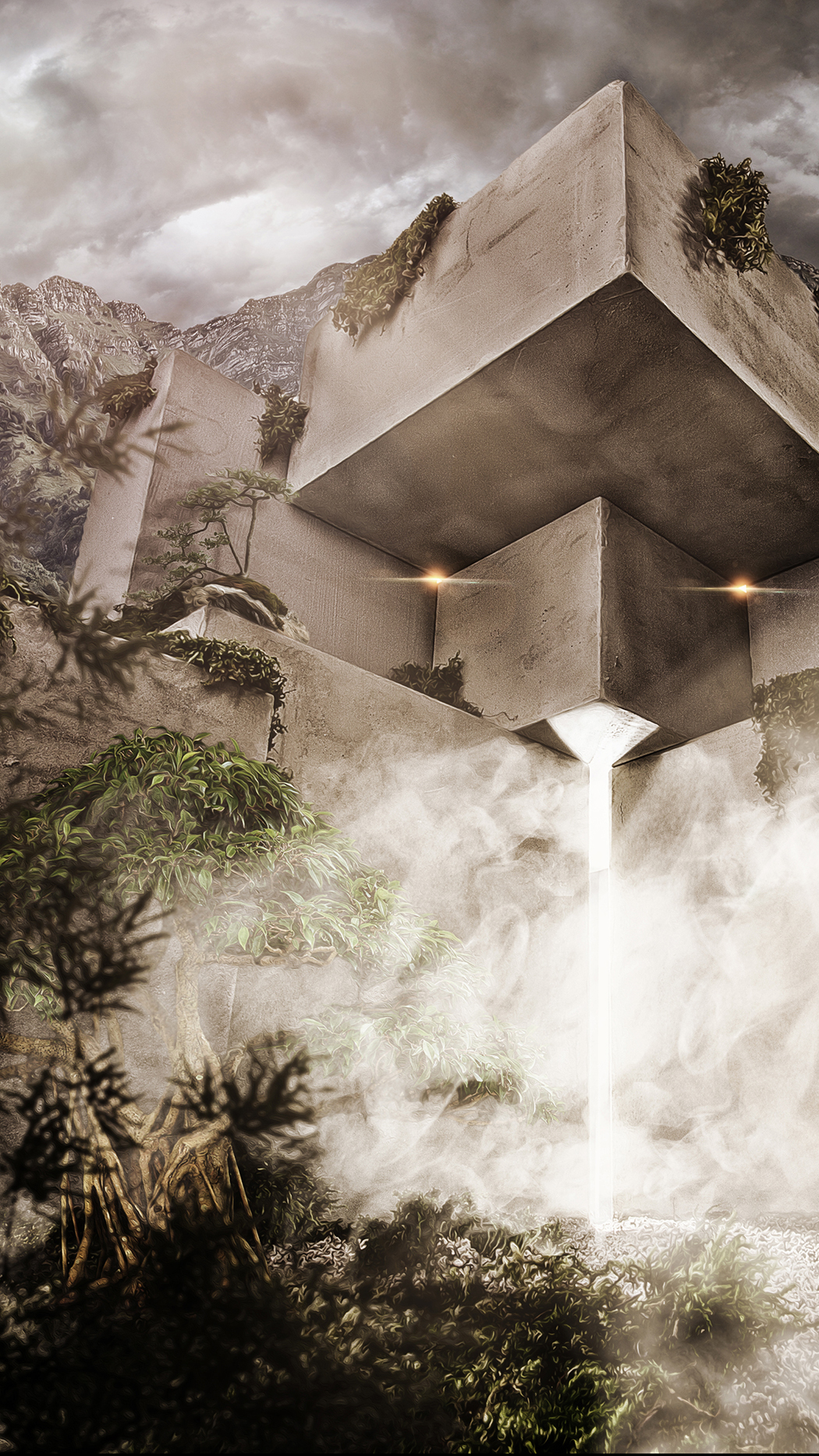


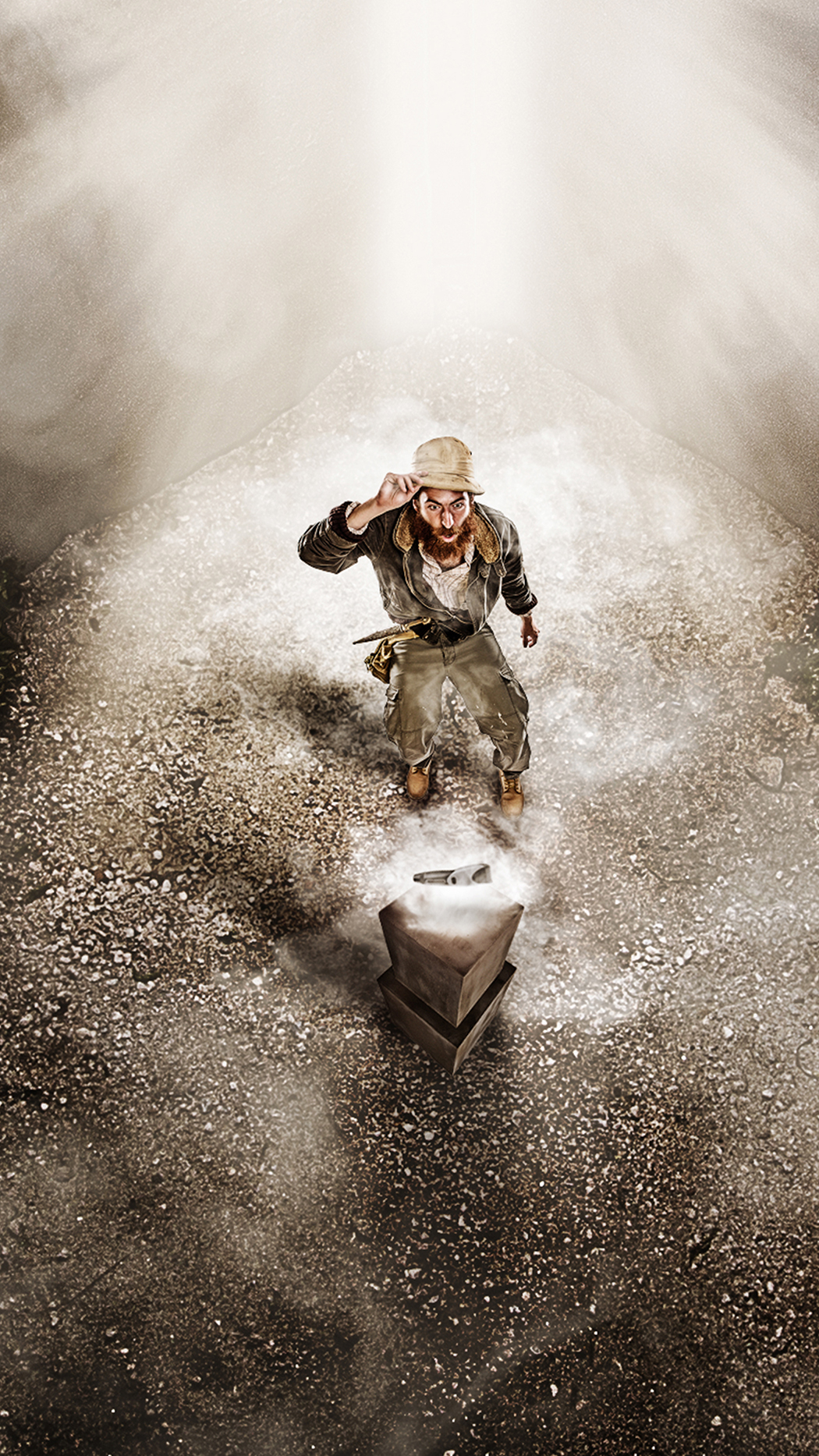





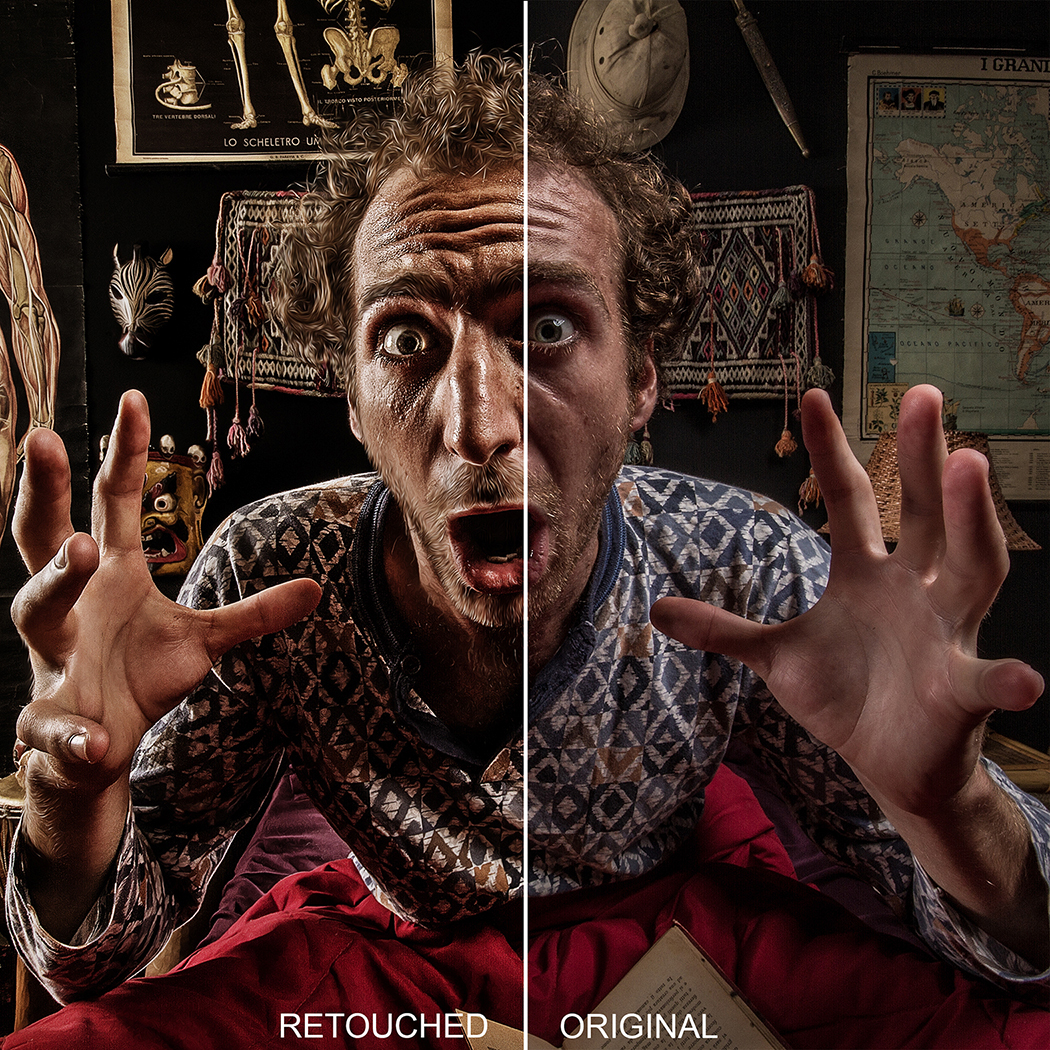
ORIGINAL IMAGES
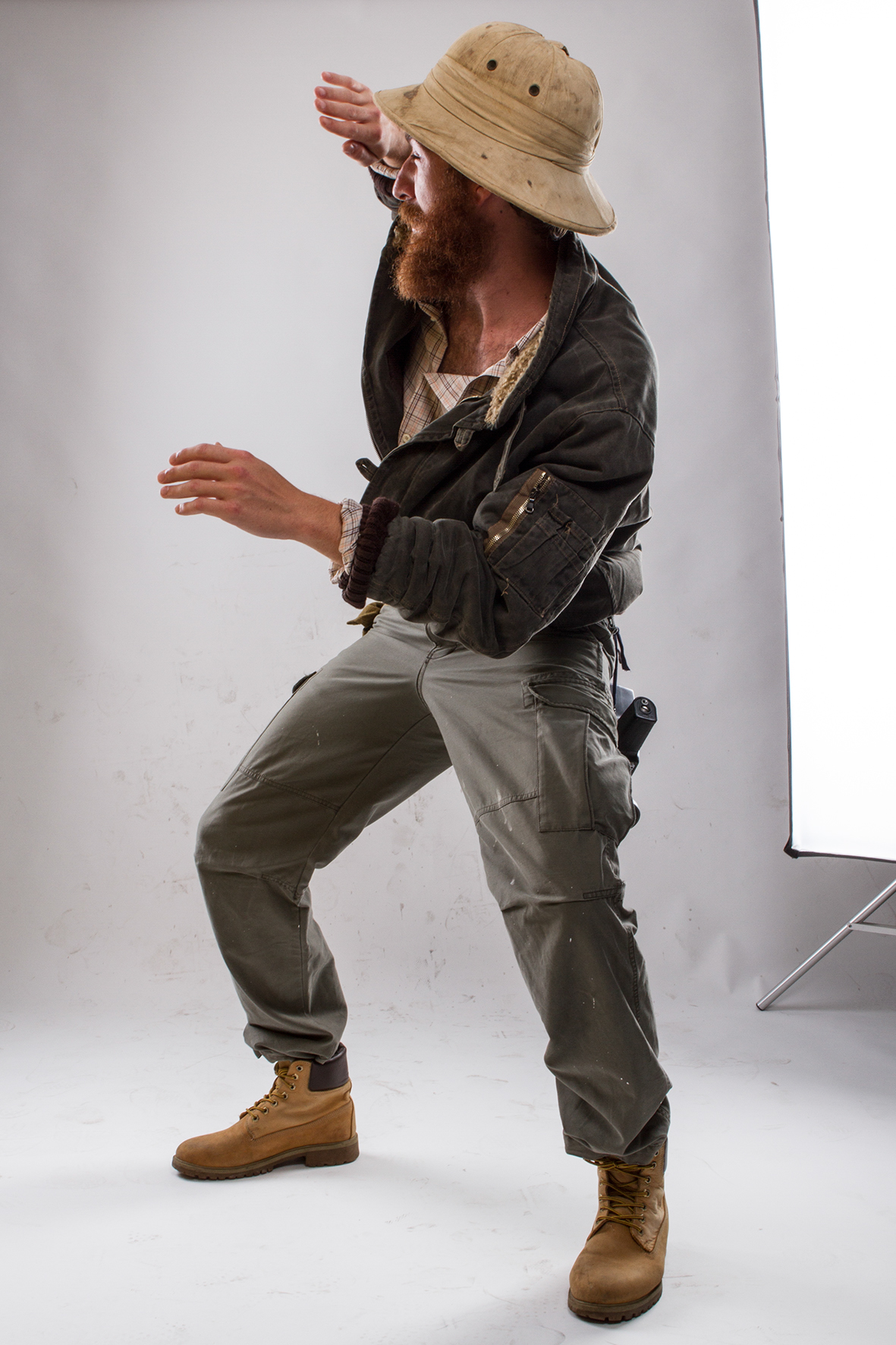

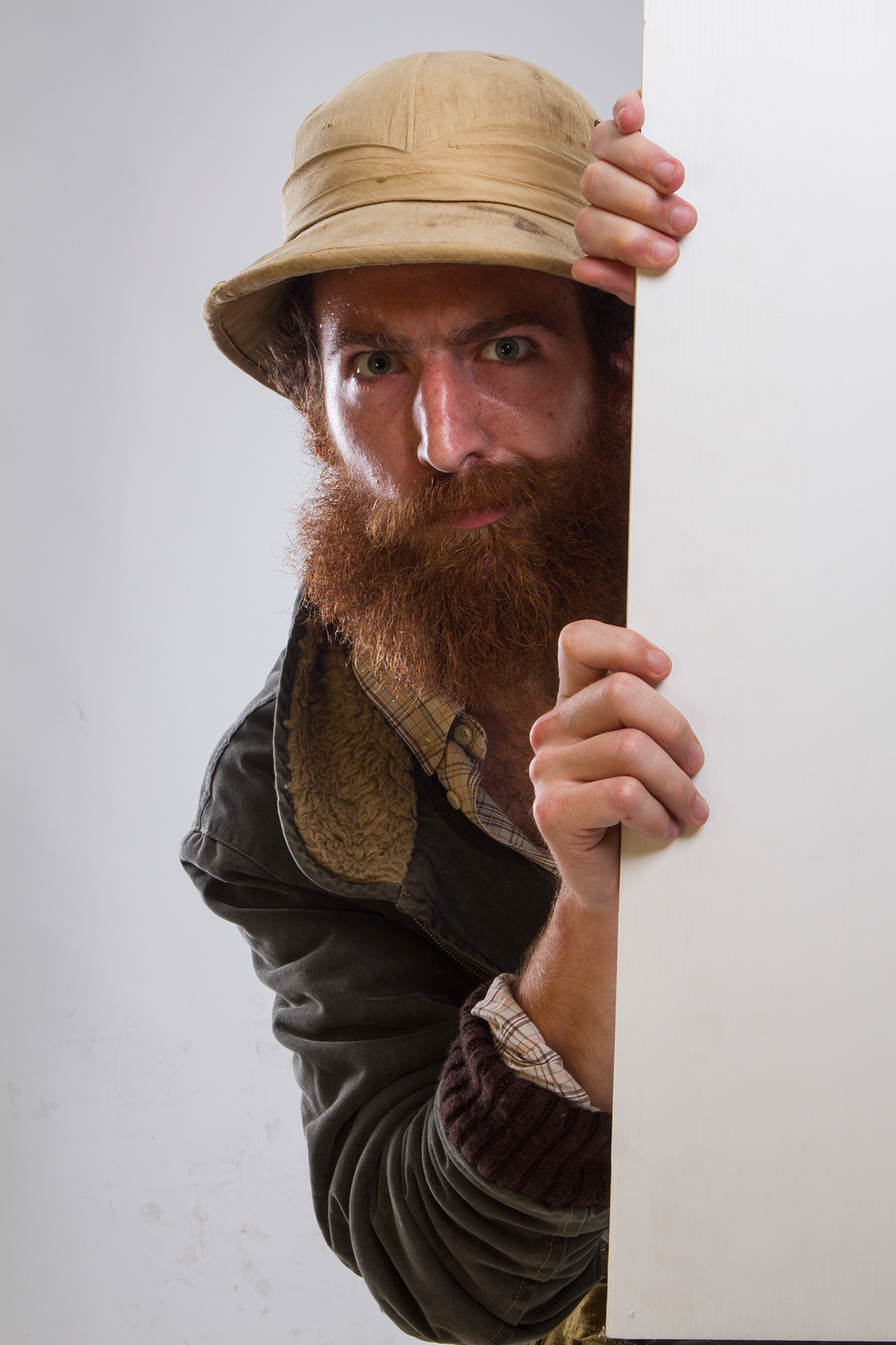


BACKSTAGE
